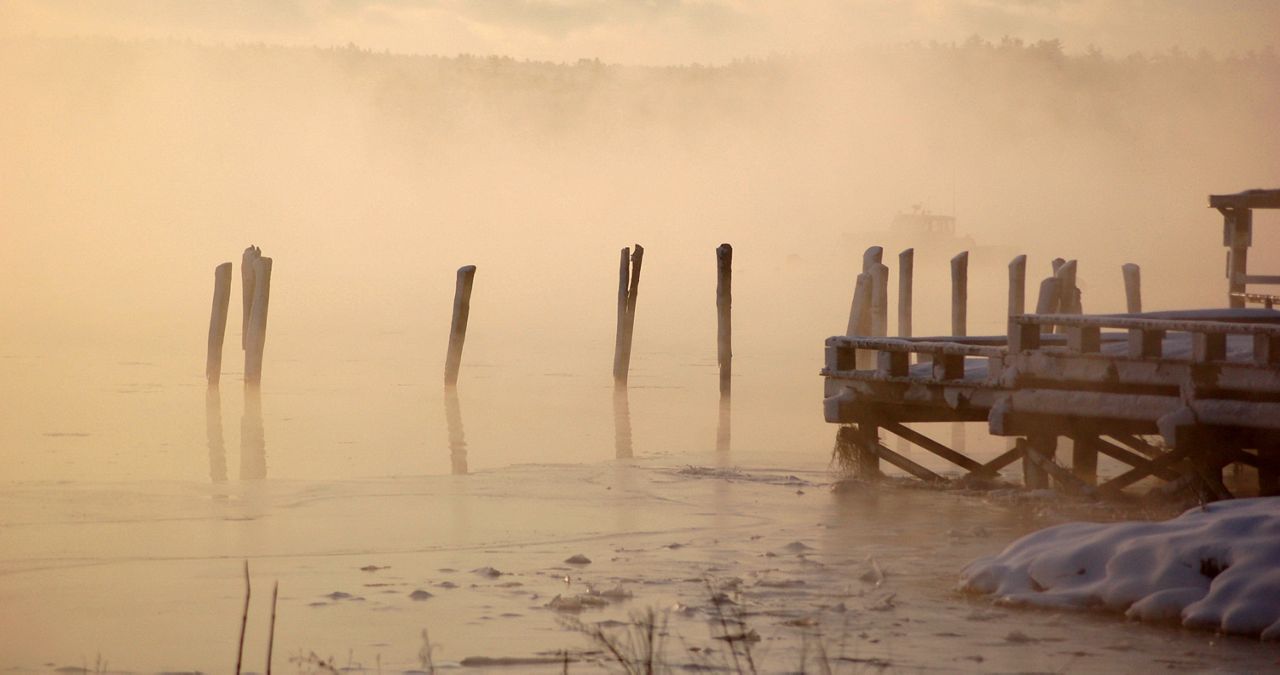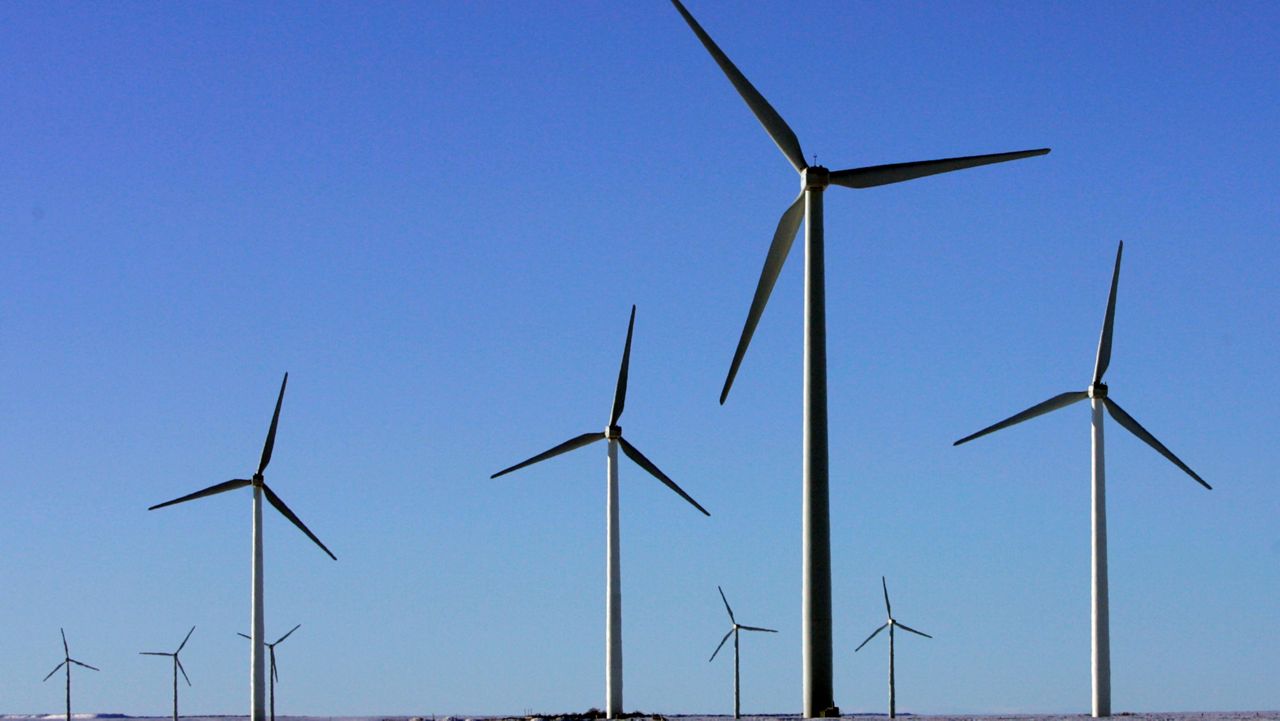On the heels of record-breaking warmth this week, Maine is set for another winter storm with freezing temperatures Friday. It’s an example of “winter weather whiplash,” which scientists believe may be happening more often as New England’s climate gets warmer and more volatile.
“It's not as if we've never had warming spells before in the middle of the winter,” said Alix Contosta, a research assistant professor at the University of New Hampshire who studies these freeze-thaw cycles. “But we think that with climate change, we aren’t just seeing overall warmer temperatures – we're also seeing more variability, more extremes. … With those warming conditions, we also may see extreme cold and extreme warmth that follow one another.”
This week is the latest example of this phenomenon in a Maine winter that has come in fits and starts. According to the National Weather Service, Bangor reached what is likely a February record of 65 degrees on Wednesday, and Millinocket had its third record warm day of the week.
Augusta and Gray also saw their highest-ever February temperatures Wednesday, in the low 60s. It was the warmest Feb. 23 on record in Portland, but fell just short of the city’s all-time high for the month, which was 68 in 2018.
Contosta’s research at UNH looks at whether these swings are becoming more frequent and intense, and at the impacts of whiplash on agriculture, ecosystems, infrastructure and people.
“When we get whiplash conditions close to the start of spring like we're seeing now, we can also see plants responding … especially early spring flowers,” she said. “You might see your snowdrops or crocuses starting to come up, and those plants are pretty tough, but still, they’re tender and newly emergent leaves then might get stuck in extreme cold and snow.”
The NWS says this week was far earlier than normal for the season’s first breach into the 60s — in the past, that has typically come between mid-March and early April. But the spring-like temperatures didn’t last long. Most parts of Maine saw about a 50-degree drop between Wednesday’s high temperatures and Thursday morning’s lows.
Now, a winter storm warning is in effect from the wee hours of Friday into Saturday for southern and western Maine, with up to a foot of snow in the forecast and rates of more than an inch an hour possible, meaning travel will be hazardous as temperatures fall into the 20s and teens.
Contosta said the biggest human and infrastructure impacts of winter whiplash come from this pattern of snow or sleet, followed by rapid melting and then refreezing of flowing meltwater or rain. This cycle makes roads and sidewalks treacherous and creates potholes and frost heaves. A roof laden with melting snow can leak or collapse, and the shift can cause floods or ice jams.
Winter is the fastest warming season due to climate change, and that change is happening most rapidly in the northeastern U.S. This trend is expected to bring more winter precipitation to the region, Contosta said – most of it likely in the form of rain or sleet.
“But there has been some research showing that the snow that we do get is going to come in bigger storms. So instead of having lots of small snowstorms… you end up getting huge amounts of snowfall of a foot, two feet,” she said. “And then if you have conditions that get really warm after that, and it rains and melts and then refreezes, then you have this cycle of snow, rain on snow, rapid thawing, ice accumulation, and a lot of the potential hazards we talked about.”
It’s also possible this could drive more droughts in the growing season. Inconsistent snowpack means less spring melt to recharge groundwater supplies after the ground thaws, which can lead to the dry summer and fall conditions Maine has struggled with in the past couple of years.
And if nothing else, Contosta said, winter whiplash is just unsettling. So if you’re thrown by the swing from balmy sunshine to freezing white-out conditions, by the inches of ice that have given way to muddy yards and salty sidewalks, or by the constantly melting snow – you’re not alone.
“I like a warm spring day just as much as anybody else, don't get me wrong, but it feels strange when that warm spring day that feels like May happens in February,” Contosta said. “It just makes me feel like I'm out of sync with reality. It's sort of like waking up in the middle of the night and seeing that the sun is shining in the sky – just something doesn't feel right about it."










